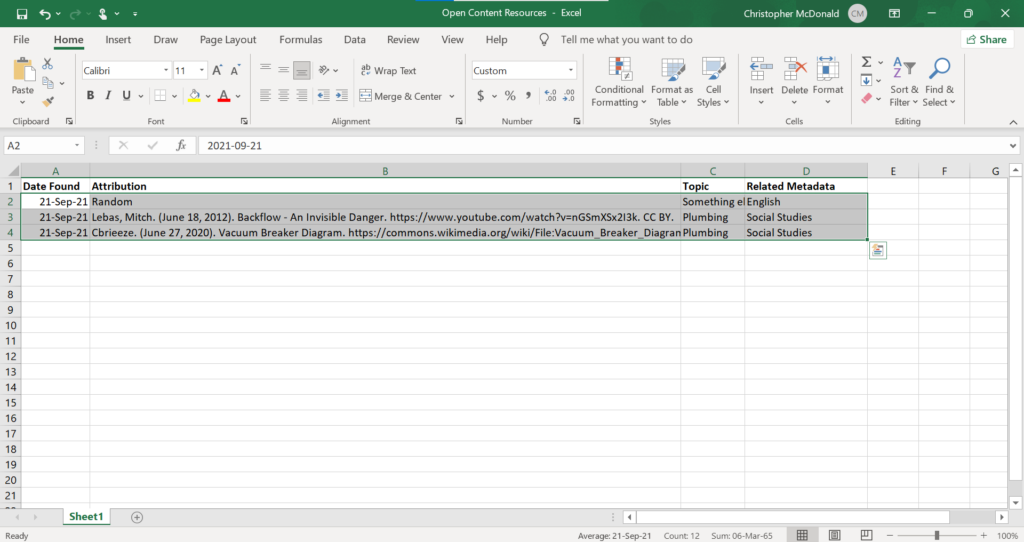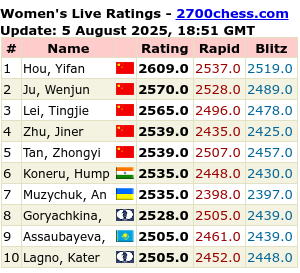Tutorial
Navigating the open education resources tutorial was not just informative, it also provided me with some tools to use as a teacher. Following the advice of the tutorial, I have started a document recording resources available to use under creative commons licensing.
In my case, I have used Excel to produce the document, mainly because of its versatility for searching and organizing functions. Four headings have proven useful: Date Found, Attribution (info), Topic, and Related Metadata. As materials accumulate, I will be able to sort the line items according to each column.

Excel provides a range of ways to sort, which allows me to select which column and method of sorting I will use.

The end result will shift the order of items, allowing me to organize and search my resources in a variety of useful ways. Later on, I may add more details to the “Related Metadata” in order to make specific resources even easier to find.

I look forward to using these resources for future lesson plans, especially in the context of up-and-coming projects like my unit on Plumbing and Society. This unit will be useful for combining practical and social questions. In theory, this will allow more students to participate in meaningful ways in their communities.
One area worth exploring, for example, is the significance of backflow prevention for ensuring clean drinking water. Knowledge of the technology can help students grasp the concrete factors that make it such an important issue, especially for Indigenous communities in Canada. This knowledge can also raise awareness of a process many largely take for granted.
Creative Commons Resource

This diagram shows one of the most common ways of preventing water from siphoning back into your system. The valve closes automatically when water begins to flow in the opposite direction of normal. For my class, I will pair this diagram with a few different vacuum breakers and show students how to assemble the part in a broader system.

